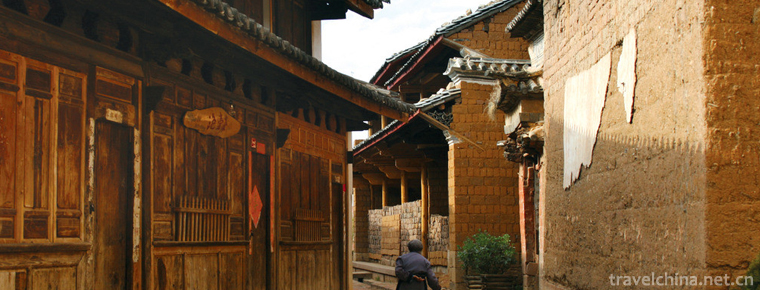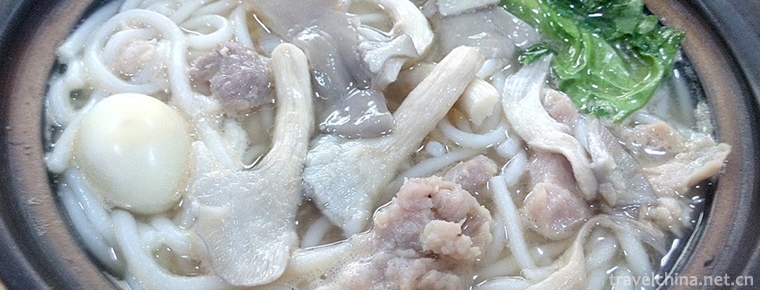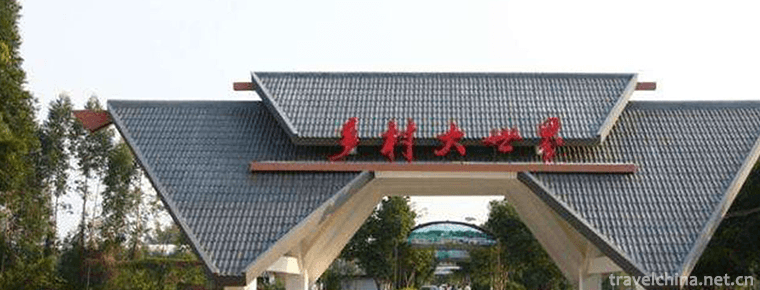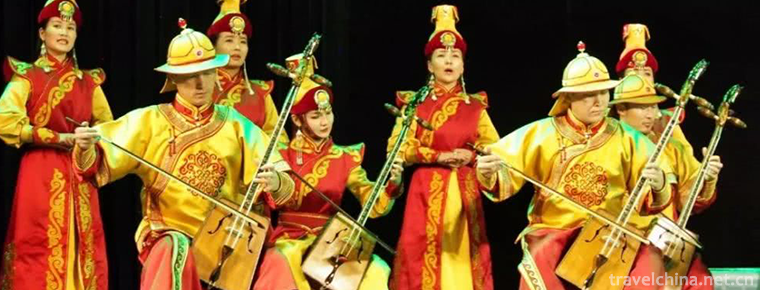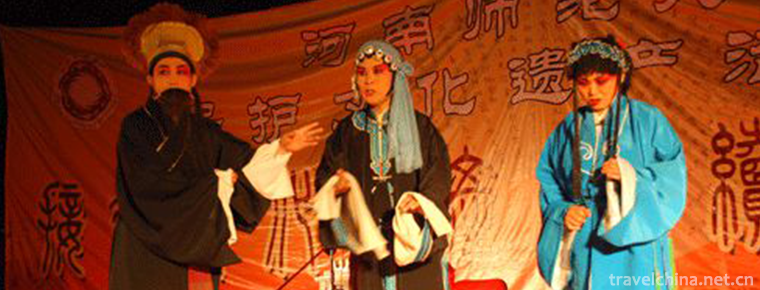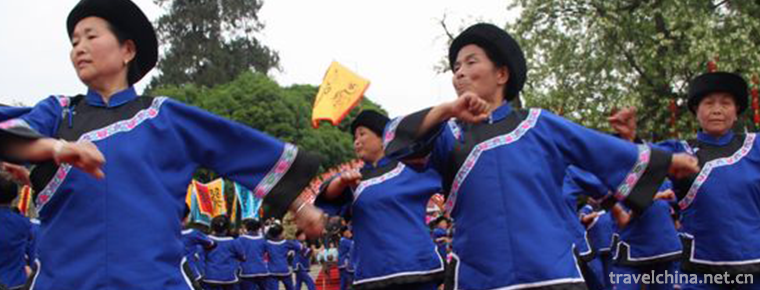Xuanbi Production Skills
Xuanbi Production Skills
Xuanbi production technology, the traditional handicraft of Xuancheng City, Anhui Province, is one of the national intangible cultural heritage.
Xuanbi has a long history. Originated in the Qin Dynasty, it flourished in the Tang and Song Dynasties. At the end of Song Dynasty and the beginning of Yuan Dynasty, there were frequent wars, and the skill of Xuanbi gradually declined. In the Ming and Qing Dynasties, it flourished again.
On June 7, 2008, Xuanbi production technology was approved by the State Council of the People's Republic of China and listed in the second batch of national intangible cultural heritage list, project number: _-130.
historical origin
The origin of Xuanbi originated in Qin Dynasty. Han Yu in Tang Dynasty recorded in Mao Yingzhuan that General Meng Tian "expedited Chu in the south, followed by Zhongshan" and used Zhongshan rabbit hair to make brushes. Zhongshan mentioned in this paper is the contemporary Xuanzhou area.
Xuanbi production was handed down to the Han Dynasty, the production techniques were further improved, and the decoration of the pen body was very exquisite. During the Wei and Jin Dynasties, Xuanbi production basically inherited the Han style. The Tang Dynasty was the heyday of Xuanbi's development. Xuanzhou also became the pen-making center of the whole country. During the Tang Dynasty, Xuanbi was offered as a tribute to the court. The imperial court made the stipulation of "Sui Gong Qing Miao 62, Zi Miao 22". Because this kind of pen is mainly distributed in Xuancheng, it is named "Xuanbi".
In the Song Dynasty, Xuanbi's production techniques became more and more perfect, and many famous workers emerged with a growing reputation. Especially, Zhuge's unconscious free-standing pen, created by Zhuge's family of Xuanzhou pen-making, was called "Zhuge Gao of brushwork, the first in China" by Mei Shengyu, a calligrapher. It has become a powerful show in the history of Xuanbi in China. At the end of Song Dynasty and the beginning of Yuan Dynasty, Xuanbi craftsmen had to move around to seek their livelihood because of the peaceful court and frequent wars, which led to the loss of foundation of Xuanbi craftsmanship.
During the reign of Jiaqing and Daoguang in the Qing Dynasty, there were pen-making workshops such as Fengzhentang Bizhuang, Chen Guangliang Bizhuang and Wu Zhifu Bishop. According to legend, Bao Shichen's Four Kinds of Anwu Brushes are purple small block brushes made by Wu Zhifu. At the end of the Qing Dynasty, Zhu Binsheng, a native of Yangzhou, learned Xuanbi's craftsmanship from Tongling. After returning home, he opened a brush shop, passed on Zhang Zongming, and then downloaded Zhang Jiayuan, Zhang Xiangzhi and Zhang Su.
Technological characteristics
Characteristic
Xuanbi is flexible and suitable. It is even and solid. It writes smoothly and receives and receives freely. It can not only store ink but also keep fat. Changfeng soft and abundant but not thick, flexible turn front, energy collection and release, rigidity and softness; purple hair is sharp and strong and does not lose flexibility, both easy to exert and master; wolf pen ink uniform and smooth, hard and soft, strong brushwork; also fine brushwork is suitable for calligraphy and painting, both soft and hard.
"Sharp, neat, round and strong" is also known as the "Four Virtues" of brushes, pointing refers to the point of the pen like a cone, whose function is to facilitate writing hooks, rubbing and other brushes; neat refers to the smooth edge of the brush when it is spread out, and its function is to facilitate the even spitting of ink; circle refers to the cylinder of the pen root, which is round and full, covering the hair is even, and its function is fluent when writing. Jian refers to the flexibility of the strokes in writing and painting, which can show the brushwork.
type
Soft hairs are made of soft wool with weak elasticity and low hardness, such as sheep hairs, chicken hairs and fetal hair. Its brush is soft, ink absorption is large, when used tactfully, roundly, flexible, sharp and easy to spread, full strokes. According to the use of hawthorn pen, fighting pen, pen, joint pen, screen pen, regular script, regular script, small script, Seiko and other varieties.
Hard hairs are pens made of rigid wool with strong hardness and elasticity. Its edge is rigid, elastic enough, pressing is not easy to paralyze and bend, lifting is easy to recover, the edge of falling paper is exposed, dry and humid changes are distinct, stippling is thin, sharp, steep, the trend of the body is extraordinarily spiritual leap. Generally suitable for regular script and cursive script, drawing lines are uniform in thickness. Because of the different materials, there are "purple hairs", "wolf hairs" and "rat whiskers" and other varieties.
The concurrent millimeter is relative to the pure millimeter (soft millimeter, hard millimeter). It is made of wool and rabbit hair or wool and wolf hair. Also known as "two millipens", it is a neutral pen between soft and hard. Its soft and hard are moderate, and its rigidity and softness are compatible. There are several categories of hard and soft. The hard ones are "nine purple one sheep", "seven purple three sheep", "five purple five sheep". The soft ones are "three purple seven sheep", "two purple eight sheep" and so on.
Technological process
Xuanbi production needs more than one hundred links in eight major processes: material selection, water basin, pole making, assembling, pen repairing, inlaying, engraving, inspection and packaging.
Xuanbi production materials are mainly divided into two parts: one is the pen pole, common wood pole and bamboo pipe, the higher is the jade tube, porcelain tube, carved lacquer tube, and other luxurious people carve symbolic auspicious patterns on the pen tube; the other is the pen head, mainly purple hair, wolf hair, goat hair, rat beard, chicken feather, goose feather and other animal feathers, its. In addition, purple hairs are the essence. But each kind of millimeter performance is different, purple millimeter is harder, wolf millimeter is next, sheep millimeter is softer, suitable for different fonts and painting styles.
Material selection: The brusher should be familiar with the different qualities of wool and various wool, and be able to identify its wool quality, properties and uses. According to the acquisition of goat hair, rabbit hair, wolf tail hair, badger hair, pen pole, horn and other major materials for classification, according to the length, thickness, color, frontless and other distinctions, to prevent confusion, in order to choose.
Water basin: Also called water work. Because this process is completed in water and named, it is the most complex and key step in the process of making Xuanbi. Water workers hold the corner comb in one hand, hold the degreased hair in the other hand, comb, arrange, combine and classify repeatedly, make all kinds of brush materials into blade-like knife hair, and then configure them according to different needs. Then, the broken, frontless, curved but not straight, flat but not round hairs are removed, and the round pen, the cap pen, the sun pen head and so on are carried out. At last, we should tie and glue the millions of pens together, which is called "tie pen". This process plays a vital role in the use of the pen. The head and bottom of the pen should be flat and the hoop depth should be appropriate.
Rod making: It is mainly to select qualified raw materials of pen pole, distinguish color according to specifications, uniform thickness, straight appearance, diameter, rod length, ellipticity, bending degree to achieve certain technical indicators. Eliminate the poor quality penholder with cracks, moths, old skin and uneven thickness to ensure the quality requirements of the penholder. The main processes are cutting, pipe, take-over, connecting and hanging head, etc.
Set: The pen head and pen pole need to be set. The assembler carefully sets the fixed pen head and the selected pen pole according to certain specifications and models.
Pen repair: also known as pen selection, is also a key process in the process of Xuanbi production, which requires very fine and complex requirements. Generally, it needs to go through such processes as welding wool finishing, dipping glue, trimming and shaping, and sunshine and wool drying. When choosing a pen, one must hold one's breath and be calm in order to choose the best one.
Mosaic: In order to make the shape of the pen pole beautiful and elegant, rich and luxurious momentum, it can also be mosaic. The pen pole made of Xiangfei bamboo, Fengyuan bamboo, Luohan bamboo, ivory, mahogany, sandalwood and other precious materials will be mosaic decoration, mainly divided into filing, sawing, shaving and other processes.
Engraving: It is a very deep process in Xuanbi production. It requires excellent literary accomplishment and knife skills, as well as proficiency in different styles. In accordance with the requirements of different product specifications and shapes, the engraver engraves the pen names and factory brand numbers of various types of calligraphy on the round pen pole, so as to achieve uniform font arrangement, uniform size, orderly between words, and meet the requirements of non-splicing knife, non-deflecting knife, non-detachment, smooth scratch head and so on.
Inspection and packaging: It is to inspect and accept the moulded Xuanbi one by one before leaving the factory according to certain quality indicators, so as to ensure that each Xuanbi can reach the standard of "sharp, neat, round and healthy".
Inheritance and Protection
Inheritance value
The pen, one of the four treasures of the study, is soft and hard, and fluent in writing. It not only has unique historical and cultural value, but also has exquisite production and certain technological value.
historical value
Xuanbi production first appeared in the Qin Dynasty, and established the traditional production technology of "bamboo as the pipe, millimeter as the material". After the Tang and Song dynasties, Zhuge's and Chen's families passed down from generation to generation, making Xuanbi skills further improved and innovated. As a carrier of history and culture, it has played a great role in the dissemination and development of Chinese civilization in the long history of its invention and inheritance for more than 2000 years. Many precious historical materials and excellent works of calligraphy and painting in past dynasties have been handed down to the world by means of writing tools, and their achievements are forever recorded in the annals of history.
Culture and Art
Xuanbi, as an important carrier of culture and art, has certain cultural and artistic value. A high-grade Xuanbi can integrate practicability, artistry, ornamentality and collectivity. The price is as high as gold, which is hard for the world to ask for. Although there are many modern writing tools, the writing function of brushes can never be replaced by modern writing methods.
Technological fabrication
In the long history of Xuanbi production technology, a set of relatively complete pen-making operation rules has been formed through the continuous creation and practice of numerous pen-making craftsmen, which are divided into nine major processes and more than one hundred operation processes, and each process has detailed technical standards and production requirements. This is the precious wealth inherited by Xuanbi. It is the wisdom crystallization and labor achievement of Xuanbi craftsmen for thousands of years. It has certain scientific and technological value and rich and superb value of traditional handicraft creation.
Economical and Practical
Xuanbi, as a traditional arts and crafts product, plays a very important role in the local economic construction, and has become an important pillar industry for farmers to become rich, promote culture, inherit skills and enrich the market.
Heritage figures
Zhang Wennian, male, Han nationality, born in February 1968 in Xuancheng, Anhui Province. In December 2012, Zhang Wennian was selected as the representative successor of the fourth batch of national intangible cultural heritage projects, Xuancheng City of Anhui Province declared.
protective measures
In 2008, the Ministry of Culture of the People's Republic of China listed Xuanbi production techniques in the second batch of national intangible cultural heritage lists.
On October 8, 2013, the founding ceremony of the Xuanbi Cultural Park was held in Huangcun Town, Jingxian County.
social influence
Important Exhibitions
On October 09, 2015, Jingxian held a picture exhibition of intangible cultural heritage, and Xuanbi production skills were displayed.
From September 23 to 29, 2015, the "Skillful Hands and Wisdom-Anhui Traditional Handicraft Exhibition" sponsored by the Provincial Cultural Department and co-sponsored by the Provincial Intangible Cultural Heritage Protection Center was held in Yilan County, Taiwan, and the craftsmanship of Xuanbi production was displayed.
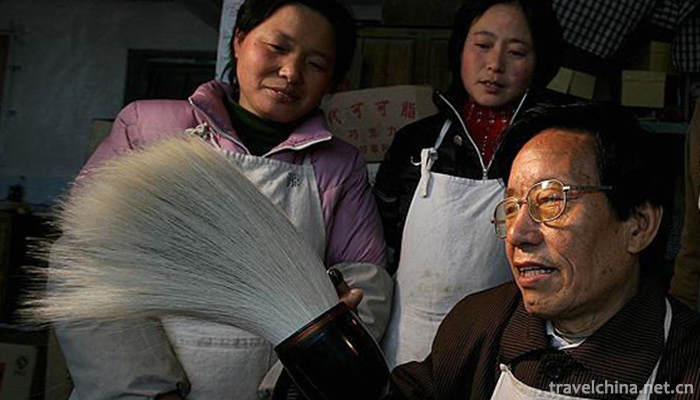
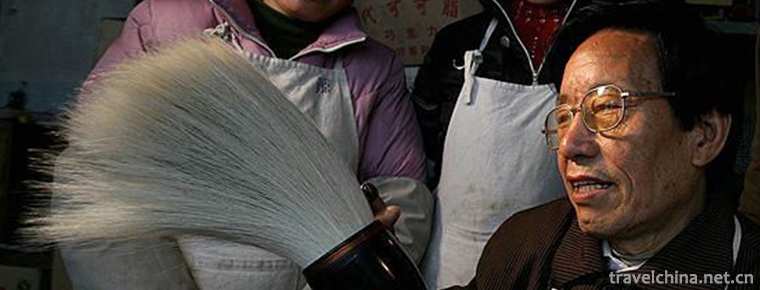
Xuanbi Production Skills
-
Ancient town of Shaxi
Shaxi is located in the southeast of Jianchuan in Dali, Yunnan Province, China
Views: 237 Time 2018-10-17 -
The Good friends rice noodles
Laoyou powder is a local delicacy in Nanning, Guangxi. In 2007, it was selected as the first 26 items of intangible cultural heritage list published by Nanning.
Views: 226 Time 2018-11-03 -
Qingyuan Mountain Scenic Area
Qingyuan Mountain National Key Scenic Spot is located in the southeast of Fujian Province, and on the Northeast Bank of the lower Jinjiang River
Views: 187 Time 2018-12-08 -
Tianshan Tianchi Scenic Area
Tianchi Mountain: World Natural Heritage, National AAAAA Class Tourist Scenic Spot, National Geopark, National Key Scenic Spot, National Civilized Scenic Spot, International and Natural Biosphere Rese
Views: 197 Time 2018-12-12 -
Nanning Rural World
Nanning Rural World is a large-scale eco-leisure resort built by Nanning Weining Eco-Park Co., Ltd. alone. It is a national AAAA tourist attraction with good ecological environment and high negative o
Views: 150 Time 2018-12-27 -
Shui Guan the Great Wall
Shuiguan Great Wall is the eastern part of Badaling Great Wall. It was built at the mouth of dangerous valley. The Great Wall of Zishuimen Archery Tower is "V" shaped
Views: 237 Time 2019-02-13 -
Asil Lysi
"Asr" is the abbreviation of "Asru Winder" in Mongolian, and its translation is of great significance. Asr is a kind of Mongolian court music, which has a unique national style and
Views: 249 Time 2019-03-28 -
Falling cavity Luoqiang
Luoqiang is a traditional opera in Neihuang County, Anyang, Henan Province. It was originally called Luoziqiang, also known as Anyang Qiang. It is mainly prevalent in the Zhanghe River Basin in the no
Views: 372 Time 2019-05-15 -
Tujia Waving Dance
Hand-waving dance is an ancient traditional dance of Tujia nationality. It mainly spreads in the Youshui River and Wujiang River basin at the junction of Hubei, Hunan, Chongqing and Guizhou. It mainly
Views: 126 Time 2019-06-23 -
Huangjing Nature Reserve
This entry is lack of overview map, supplement the relevant content to make the entry more complete, but also quickly upgrade, come on!
Views: 325 Time 2020-10-16 -
Population of Deyang
By the end of 2018, the total number of households in Deyang was 1 million 575 thousand, and the total registered residence population was 3 million 870 thousand. Among them, there were 1 million 242 thousand urban residents and 2 million 629 thousand rural population
Views: 335 Time 2020-12-14 -
Dazhou health
By the end of 2019, Dazhou city has 4514 health institutions, including 430 hospitals and health centers, 8 maternal and child health centers (stations) and 8 centers for Disease Control and prevention. There were 35862 beds in health institutions. Am
Views: 375 Time 2020-12-20
